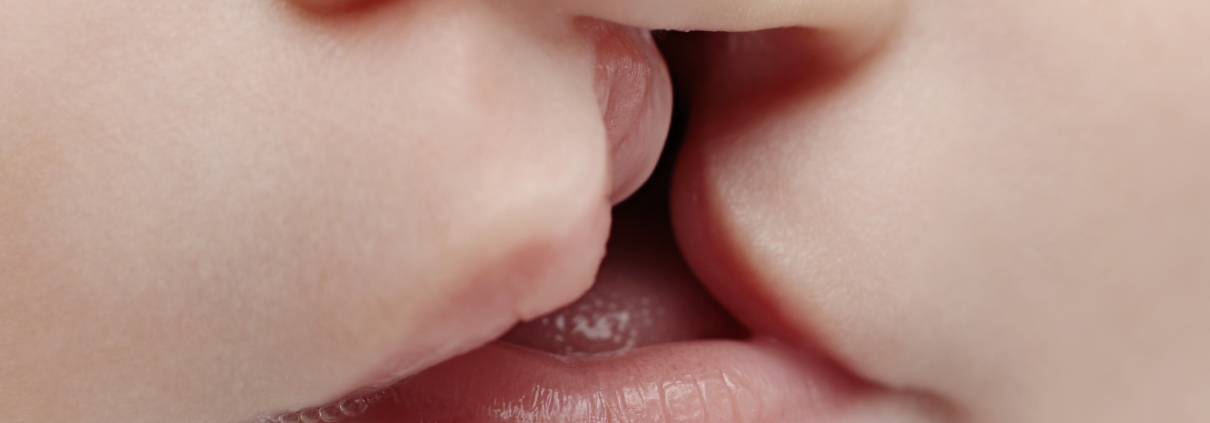Cleft Lip
A cleft lip, gum, or palate in front of the mouth can cause a variety of problems for the teeth. They affect the number, size, shape, and position of deciduous and permanent teeth. Teeth damaged by cleft lip and palate are usually located in the cleft palate; Like lateral teeth. A gap is created between the canine and the lateral tooth. In some cases, the lateral tooth is not present at all. Teeth in the cleft palate may have an abnormal arrangement. In some cases, the front teeth will have problems, such as lateral teeth.
In general, the first goal is to treat, repair or “close” the cleft lip and palate and treat the labia minora as soon as possible – between 2 and 9 months. In order to have a proper function in the lips, teeth, and jaw (for the ability to speak) and also to improve the hearing condition, other treatment sessions are formed. Plastic surgery, orthodontics, orthodontic surgery, and speech therapy may be used for this purpose.
Depending on the complexity of the complication, complementary therapies are used after the initial treatment to completely eliminate the defects. The child’s treatment plan usually includes a dental examination by a pediatrician at 1 year of age. Bone grafts for oral cavity repair may be recommended between the ages of 8 and 11 at the time of canine growth. Orthodontics can be started at the age of 12 to correct the position of the teeth relative to each other. In some cases, orthodontic surgery is used to treat more serious jaw complications.
A child with cleft lip and palate will need the same preventive and protective methods as normal children. However, since children with cleft lip and palate (cleft lip) may have problems with missing, deformed, or misaligned teeth, they should be seen by a knowledgeable dentist sooner.
With proper dental care, babies born with cleft lip and palate can also have healthy teeth. Proper care means cleaning, proper nutrition, and fluoridation of the teeth. Using a soft toothbrush should start at the same time as the teeth grow. Oral hygiene guidelines and preventative measures can be obtained from a pediatric dentist or a general dentist. Many dentists recommend that your child’s first dental examination be performed around the age of 1 and if there are any abnormalities in his or her teeth, before the age of 1. The initial examination is usually performed by the cleft lip and palate treatment team.
General dental care and regular visits to the dentist usually begin at the age of three. The recommended treatments will depend on several factors. Some children need only some preventative measures, while others need fillings or tooth extractions.
The first orthodontic examination may be done even before the baby is extracted. The purpose of this work is to study the growth of the face, especially the growth of the jaws. Later, as the teeth grow, the dentist offers long-term and short-term plans to address the needs of the individual. For example, if a child’s maxillary teeth do not fit well next to the mandibular teeth, the orthodontist may suggest an early course of treatment to correct the maxillary-mandibular relationship. Usually, after this course of treatment, there is another long-term period during which the dentist monitors the growth of the face and teeth. With the growth of permanent teeth, the last phase of orthodontics provides the balance of the teeth.
Because a variety of procedures can be performed during a period of anesthesia, coordination between the surgeon and the dentist is important. Tooth restoration or extraction can be performed during other cleft palate surgeries.
The surgeon can reconstruct the incision by performing a bone graft. An orthodontist can place special devices on the maxillary teeth and prepare them for bone grafting. A temporary retainer is usually applied to the bone graft before a special medical brace is prepared.
As the child progresses to adolescence, the orthodontist and surgeon rediscover their efforts and treat the complication if the position of the jaws is abnormal and the teeth are not positioned correctly. If orthodontics is not possible to correct the position of the teeth alone, a combined method of orthodontics and cleft lip and palate surgery is used. This surgery is usually performed after the growth spurt of puberty.
A dentist or prosthetist is a specialist dentist who manufactures dentures and related medical devices to help people with cleft lip and palate or cleft lip and palate achieve their eating and talking needs. The dentist may use a dental bridge to fill in missing teeth.

